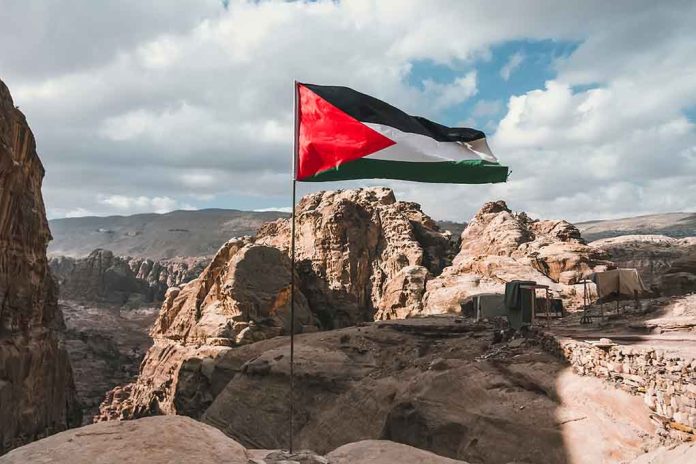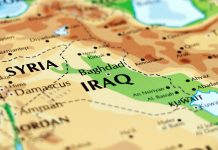
The Israel-Hamas conflict continues to inflict severe damage on Gaza, perpetuating significant civilian casualties and displacement.
At a Glance
- Biden’s efforts for reduced Middle East involvement face challenges.
- International calls rise for restricted U.S. military aid to Israel.
- Renewed, yet complex, hope for a two-state solution.
- Severe humanitarian crisis in Gaza with widespread displacement.
Continued Resilience of Hamas
Despite Israel’s relentless military offensives, Hamas remains an active force in Gaza. High-ranking Hamas figure Khaled Meshal claims the organization, although weakened, continues to operate, interpreting their survival as a strategic victory. The conflict has led to a significant civilian toll, with many lives lost and homes demolished. The future governance of Gaza faces ambiguity as Hamas strives to maintain its dominant position amidst ongoing hostilities.
The conflict challenges President Biden’s goal to reduce U.S. involvement in prolonged wars and refocus on the great power competition with China and Russia. Current U.S. policy entanglements in the Middle East impact domestic politics and Biden’s reelection prospects. Hezbollah has also avoided full-scale war with Israel, likely preserving its rocket arsenal as a deterrent and considering Lebanese public opinion.
— John Spencer (@SpencerGuard) July 13, 2024
Humanitarian Crisis Deepens
The war has triggered severe humanitarian concerns. Gaza faces an almost complete siege, with shortages in electricity, water, food, and medicine, leading to crisis levels of food insecurity. Gaza’s health system has collapsed, hospitals run low on fuel and medical supplies, and there is a significant risk of disease outbreaks. Refuge options for Gazans are limited, with 75 percent of the population displaced and areas like Rafah becoming overcrowded.
The IDF’s response to the October 7 atrocities by Hamas has led to high civilian casualties. Despite employing practices like roof knocking and advance warnings, these measures fall short in densely populated areas such as Gaza. The IDF’s high threshold for civilian loss and frequent use of high-yield weapons stands in contrast to best practices for civilian harm mitigation, urging experts to call for a reexamination of their approach.
Broader Geopolitical Implications
While the conflict rages, regional ties and normalization efforts persist, such as the Saudi-Iran rapprochement and Arab normalization with Syria. The conflict highlights the necessity of addressing the Palestinian issue in any future regional integration. Although China remains relatively uninvolved, its focus on blaming the U.S. without deeper engagement underscores the complexity of Middle Eastern politics.
Renewed hopes for a two-state solution face significant obstacles, notably opposition from Israeli PM Netanyahu and Hamas. Efforts to negotiate a humanitarian ceasefire have proven fruitless, with international calls for a lasting solution growing louder. The rebuilding of Gaza, bleak and resource-intensive, assures a slow recovery towards normalcy for its inhabitants.
Sources:
- https://www.brookings.edu/articles/six-months-on-what-is-the-impact-of-the-war-in-gaza/
- https://www.csis.org/analysis/gaza-why-war-wont-end
- https://www.cfr.org/in-brief/israel-hamas-war-humanitarian-crisis-gaza
- https://www.justsecurity.org/93105/israeli-civilian-harm-mitigation-in-gaza-gold-standard-or-fools-gold/
- https://www.iiss.org/en/online-analysis/survival-online/2024/06/a-war-they-both-are-losing-israel-hamas-and-the-plight-of-gaza/
- https://press.un.org/en/2024/sc15767.doc.htm
- https://www.bbc.com/news/world-middle-east-67764664










